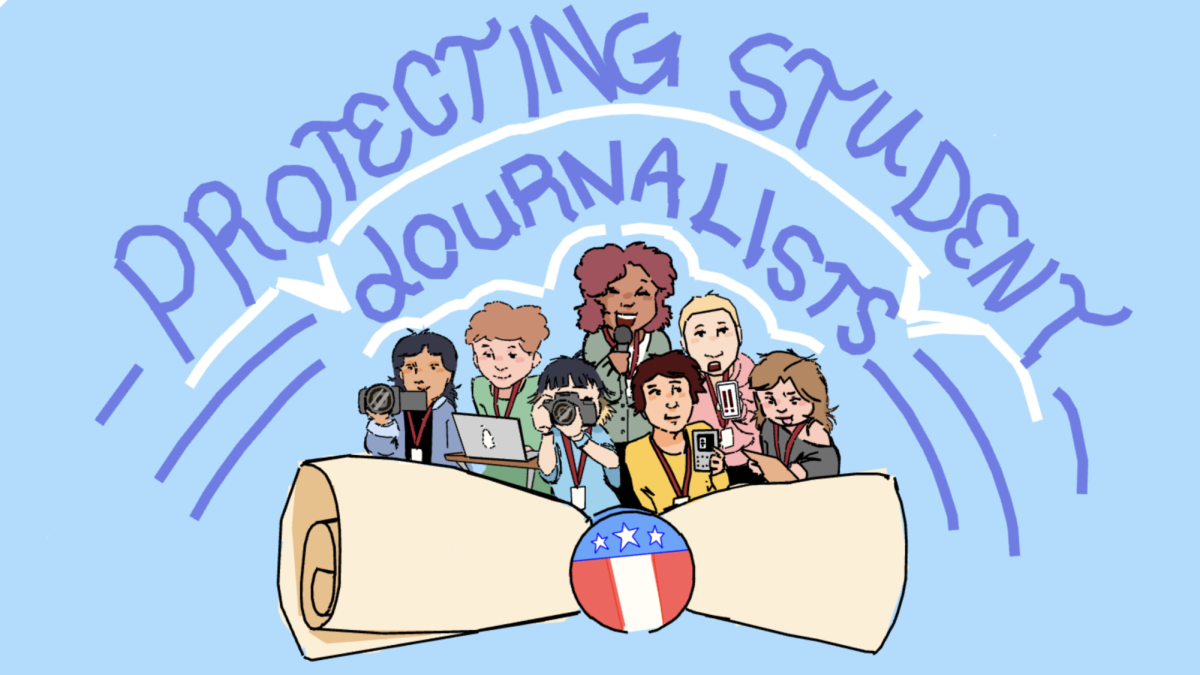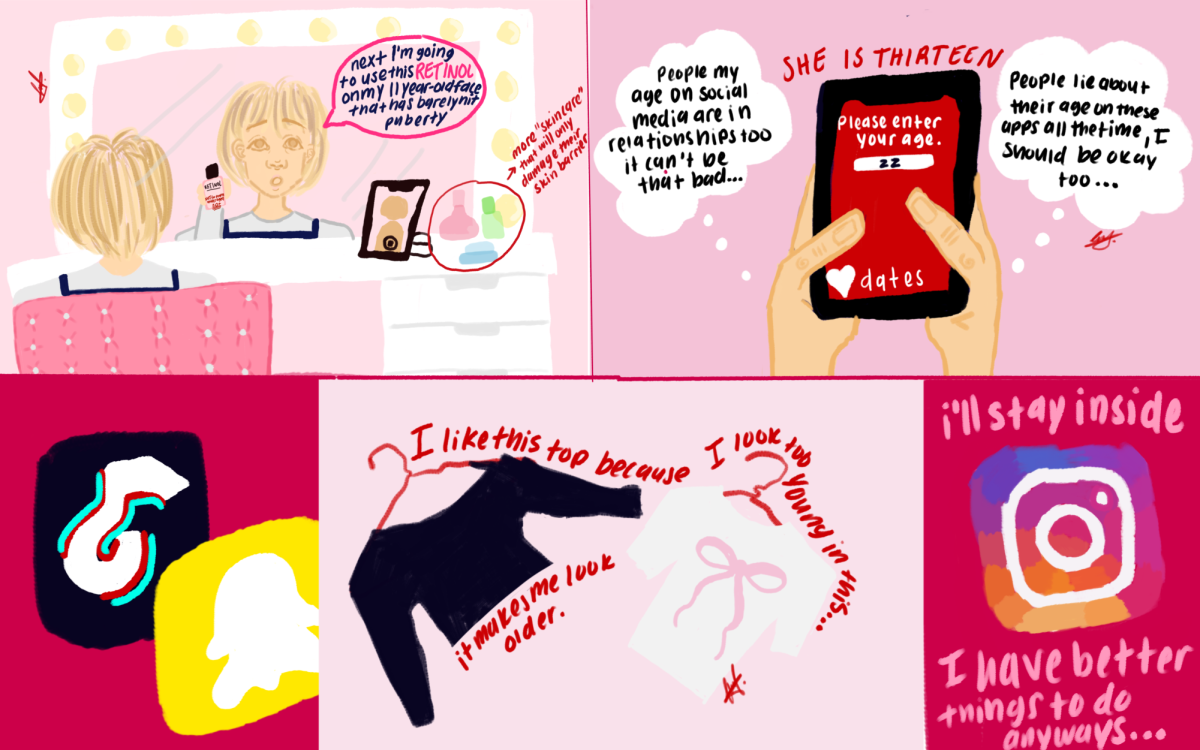
Whether you are male or female, using a public restroom may appear to be a simple task. However, for those who identify as transgender or gender-nonconforming, deciding whether to use the male or female restroom is a living nightmare, proving to be not only stress-inducing, but also risky. To alleviate this issue, more gender-neutral bathrooms should be implemented throughout the country.
According to a survey of 27,715 transgender individuals by the National Center for Transgender Equality, a nonprofit organization aiming to increase the understanding and acceptance of transgender identities, at least 60% of 27,715 transgender individuals said that they tend to avoid public restrooms due to the fear of harmful confrontation. Twelve percent of this group had experienced verbal harassment, with 1% reporting they have been physically attacked and 1% reporting they have been sexually assaulted, while 9% said they had been denied access to a bathroom.
In an interview with the Daily Beast, Devin-Norelle, a gender fluid transgender writer and activist, discussed that both female and male restrooms pose a threat to those who may look or dress differently from the majority of society. As someone with a feminine-like hair bun in the back, but a full beard in the front, Devin-Norelle is often ridiculed and kicked out of public restrooms, regardless of which restroom they choose to use.
This is a form of discrimination. If 21st century progressive America is so concerned about inclusion and equality in all facets of society, then why are transgender and gender-nonconforming individuals often left out of the picture?
Through attempting to discover their true identity, transgender individuals are unfairly thrust into a fear that no other gender faces. Due to fears of abuse and ridicule, many members of the transgender community avoid using public restrooms altogether. Unfortunately, this can have dire consequences, as numerous transgender individuals have experienced dehydration, kidney infections, urinary tract infections or other kidney-related medical issues.
The transgender community should not be blamed for their bathroom issues. Our cisgender-dominated society has decided who can use which bathroom, based on unfair bias against transgender individuals. In order to end this bias, education and communication between cisgender and transgender people is essential.
The most common opposition for the institution of gender-neutral bathrooms is that women and children would be unsafe in bathrooms with transgender or gender non-conforming individuals. This is completely false.
First off, the claim that transgender individuals are a danger to children and families is a completely illogical and unsupported excuse meant to segregate the LGBTQ+ community from the rest of society. This claim originates from prejudice against transgender people, not facts.
According to a 2018 study conducted by the Williams Institute at UCLA School of Law, state leaders, law enforcement and school officials who implemented gender-neutral bathrooms in their state reported no increase in sexual assault cases. Not only is there no factual evidence to support the claim that transgender individuals would harm those around them, that claim is also an insult to the entire LGBTQ+ community.
In actuality, inclusive bathrooms make life simpler for families of all sizes. These bathrooms make childcare a more practical task for both traditional and non-traditional families. For instance, with the implementation of gender-neutral restrooms, single dads will be able to use the baby changing tables that are traditionally offered solely in female restrooms, instead of being forced to succumb to changing a baby in a car. Gender neutral bathrooms would also reduce stress for parents of transgender children, as their children would be less likely to face harassment.
Many who are opposed to unisex restrooms are confused by what symbol would hang on the door. Often, cisgender individuals fear that people would not know if it is okay to use such a bathroom; however, there are easy solutions to help people understand that a bathroom is all-inclusive. Such symbols include a picture of someone who is unisex, the transgender symbol, or a literal toilet. The point is, figuring out which bathroom to use would be a simple task.
Even at Marjory Stoneman Douglas High School, there is a need for more gender-neutral bathrooms. Transgender and non-binary students at MSD only have access to only three gender-neutral bathrooms on campus, one in the nurse’s office and two in the media center. These bathrooms can be hard to access during the school day for some students. As a school policy, students have 5 minutes to go to the restroom and return to class, so for gender non-conforming students who have a class in the portables going to one of the two gender-bathrooms across campus can be unrealistic.
Although it may seem like it takes an Einstein to successfully implement unisex bathrooms, the solution is incredibly easy and would benefit both parties. After all, using a public restroom is a basic human right that everyone deserves to have access to without being ridiculed. Gender should not make restroom situations so complicated; when you have to go, you have to go.
This story was originally published in the October 2019 Eagle Eye Print Edition.










